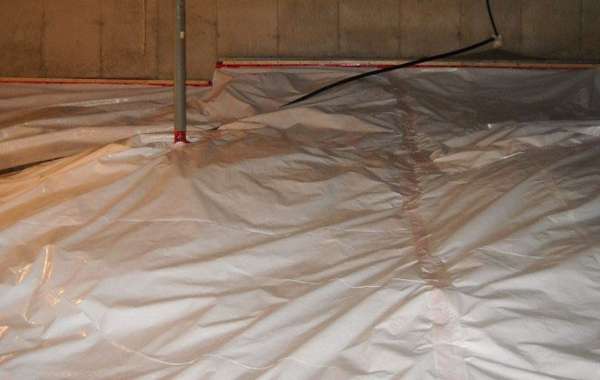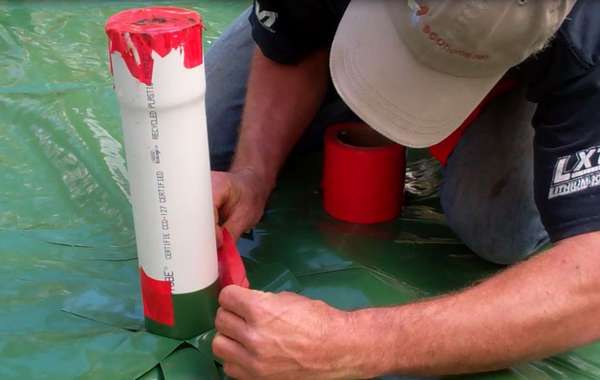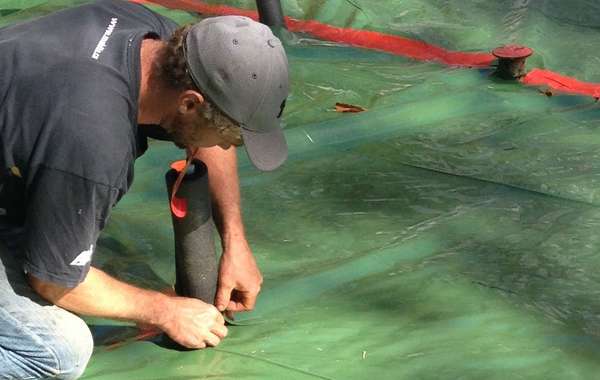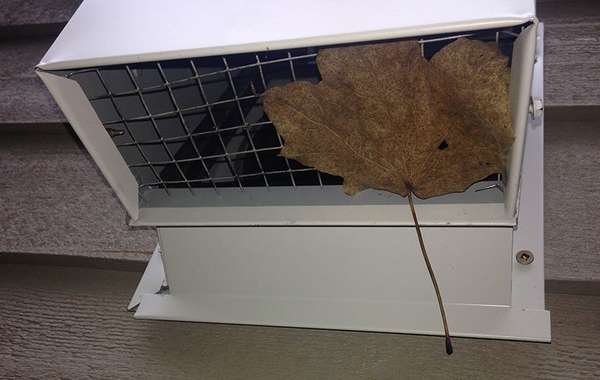Could a ductless heat recovery ventilator be used for radon mitigation?
I have a 950 sq ft home, 65 years-old, in Arizona. Block construction, on cement slab, wood roof now insulated with 3" of foam. I have measure the radon with Airthings Waveplus and it varies between 3.5 and 6.5 daily during winter with all windows closed and the heat cycling on and off.
I know I could drill into the slab and use underslab air reduction, however since my level is not way out there, wouldn't a Blauberg Vemto Expert A50 1 S Pro work to remove enough radon to bring the level down to perhaps 2.0 or less? If not, would it work to have two of them spread across the house, one pulling in fresh air and the other pushing out?
I have a super high SEER Dave lennox Signature series air conditioner and new furnace (2019) that push air through the existing ductwork, however I realize that there is no fresh air coming in or stale being pushed out. Perhaps a plain old air-to-air exchanger that would change my whole house air every hour or so could be the best soultion, hooked inline with my existing system. What are your thoughts?




























Heat recovery ventilation systems do reduce the levels of radon gas in homes, and an HRV or ERV is important for any reasonably well sealed house to provide fresh air and remove moisture. Any properly sized and installed ventilation system will do the job, but ductless HRVs for fresh air in older homes is a really nice option since you don’t need to do as much demolition and rebuilding for running ducts, so by all means have one installed and maybe that will bring levels to a point you are comfortable with. If not, Sub-slab depressurization is often very effective and affordable way to remove radon gas, see more techniques on this page –
How to remove Radon Gas from basements and crawlspaces
Having radon levels that vary between 3.5 and 6.5 pCi/L is not terrible, but in reality those numbers are randomly chosen and different countries have created very different baseline levels that the consider to be dangerous enough to require mitigation. Any increase in radon gas increases the risk of lung cancer, so there simply is no ‘safe’ amount. Removing radon at the source is always the most effective, that’s why sub-slab depressurization is one of the easiest ways to remove radon from existing basements that have no sub-slab radon barrier.